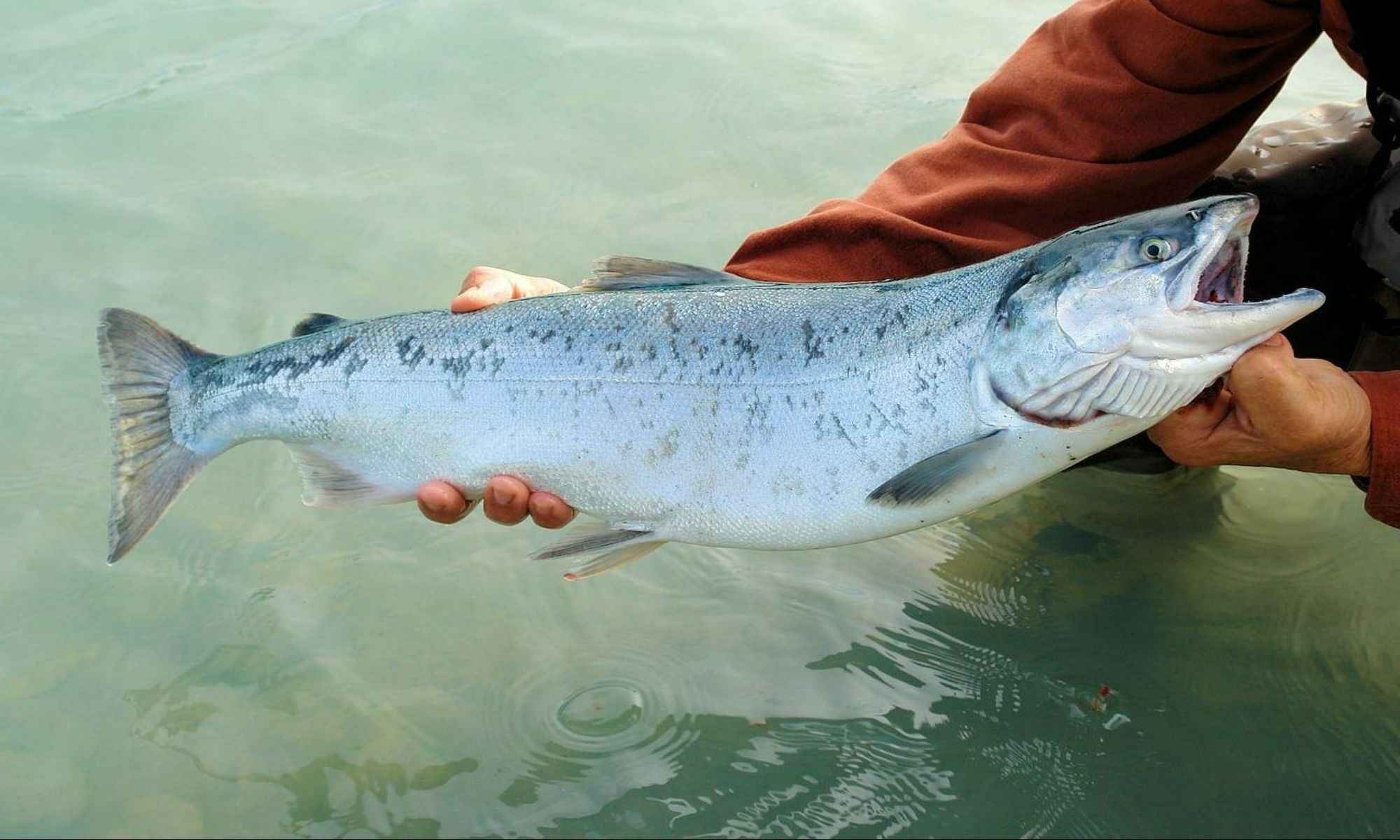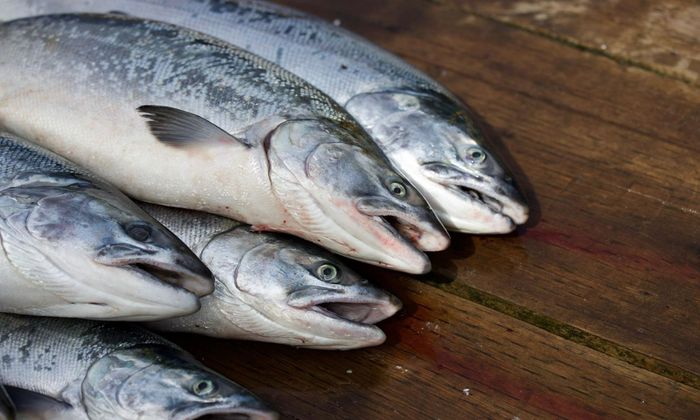How Does Sustainable Salmon Differ From Other Salmon Products?
Learn more about the sustainable variant and make healthy and environment-friendly choices along the way!

Salmon is one of the healthiest foods on earth. This well-known fish not only contains a ton of nutrients but also helps lessen some risk factors for several disorders. In addition, this oily fish is delectable and accessible to the general public.
While this particular fish may be prevalent, much is left to be learned about them. One of these key pieces of information is that each species has sustainable and non-sustainable salmon options. Yes, that's right. Whether sockeye, wild Atlantic salmon, wild-caught, or farm-raised fish, they may be sustainable or non-sustainable.
Consumers should still consider how the products sold in markets differ in pursuing a healthier lifestyle. Salmon is no exception. But first, let us find out what sustainable salmon is.

What Sustainable Salmon Is

When it comes to seafood, sustainability means different things to different people. For some, sustainable seafood means fish that have been caught in a way that does not negatively impact the environment or human health. In general, sustainable salmon are those caught in a way that does not result in the widespread depletion of their population. This means that the salmon being harvested are not becoming endangered due to fishing practices. Healthy fish populations are maintained, and sustainably farmed salmon only has a little environmental effect.
Further, to safeguard future fish populations and ensure the food security of all people, consumers need to patronize salmon raised in non-invasive ways and other sustainable seafood. Research institutes have emphasized that sustainable fishing will bring us one step closer to ending world hunger.
How They Are Raised and Caught
Non-sustainable salmon, on the other hand, has been caught in a way that impacts the fish’s population and habitat. This practice is widespread in harvesting wild salmon populations and the methods by which they are captured. Many mass-fishing companies use long lines that stretch up to 40 miles when catching wild salmon. To accomplish this, they often engage in aggressive chasing behaviors to ensure a productive catch. Such bold measures can lead to fish injuries, the capture of non-target species, usually composed of smaller fish, and other ecological damage.
This is most common in areas with an extensive history of overfishing since there are naturally fewer fish available to catch. This environment is also quite dangerous since these anglers spend more time at sea in less than ideal conditions due to the ever-changing weather and small boats that are challenging to navigate.
While non-sustainable farming practices tend to grow faster than those in a sustainable salmon farm, such rapid growth is not always a good thing. This is because non-sustainable farm-raised salmon may grow at a rate greater than their food supply can provide, resulting in deformed bones and misshapen tails.
On the other hand, sustainable salmon are typically raised in controlled environments such as hatcheries. These hatcheries provide a constant flow of food and nutrients for the salmon. They do not deplete the food supplies in the areas in which they are raised. In addition, most sustainable salmon are grown with hormone-altering drugs or antibiotics, which could lead to antibiotic resistance. This decreases the risk of the consumer and the salmon contracting infections from other sources.

Impact on the Environment
The production of sustainable salmon also has much less impact on the environment than the non-sustainable ones. For example, the raising of fish in ponds takes up significantly less land than the production of salmon raised on production-intensive farms. Salmon raised on land-based farms can pollute the surrounding bodies of water since they are typically contained near bodies of water or along the coast.
Salmon farming operations make use of a variety of chemicals. Antifoulants, insecticides, and antibiotics are a few of these, along with other waste materials like feed and excrement. Salmon farming, operations-particularly open net-pen salmon farms-can discharge harmful toxins; it has been demonstrated that this will affect the biological variety of the area and destroy the local flora and wildlife. More specifically, this can lead to a decrease in the amount of oxygen in the water and an increased concentration of harmful chemicals in the surrounding water, which can ultimately negatively affect the fish population.
Consumers are discouraging environmentally damaging farming practices by prioritizing and encouraging the production of sustainable salmon.
Health Benefits
One of the primary advantages of sustainably farmed salmon is that it tends to have higher concentrations of Omega-3 fatty acids which is widely known for its numerous health benefits. These health benefits include improved cardiovascular health and reduced risks of developing cancer or neurological disorders.
In general, sustainable seafood is the healthiest source of protein. By consuming them regularly, consumers lower the risk of diabetes, cancer, and heart disease. The micronutrients of selenium, zinc, omega-3 fatty acids, vitamin A, calcium, and iron abundant in seafood can help maintain a long-term healthy diet.



